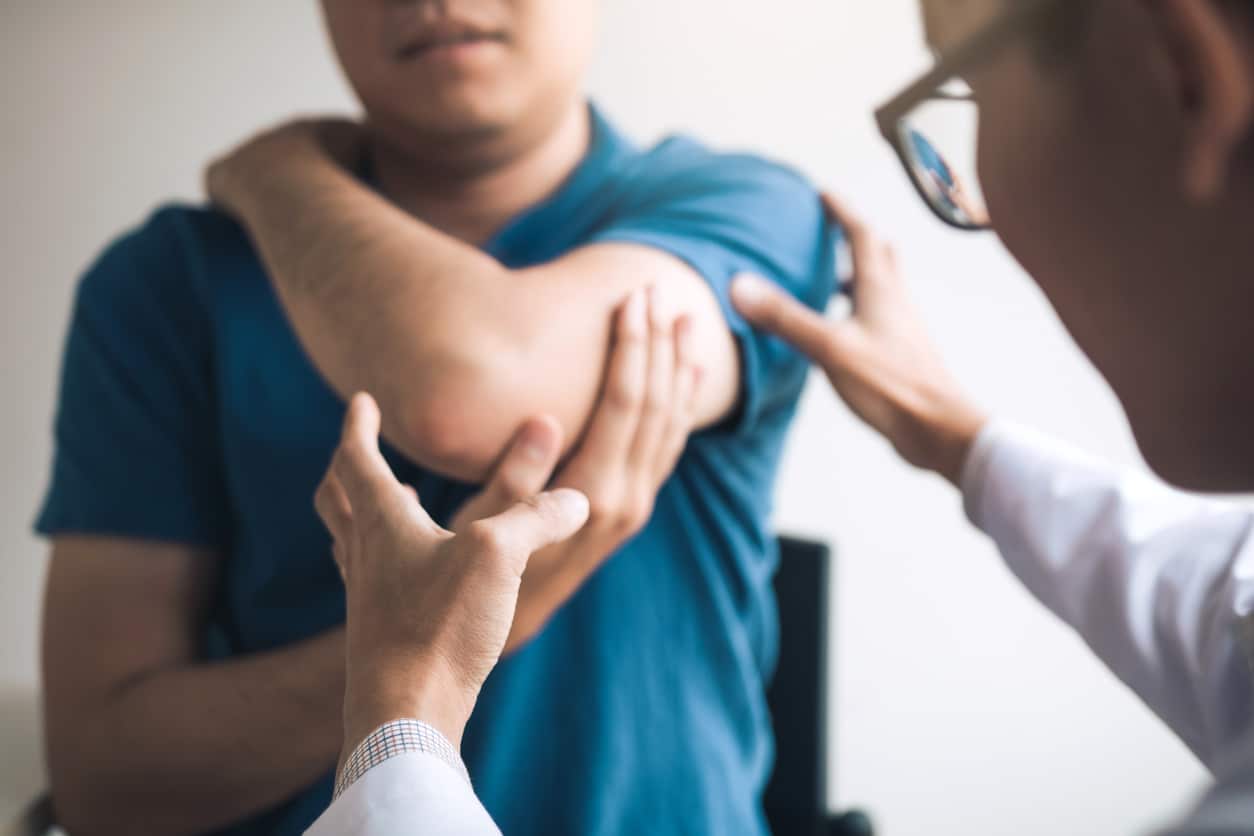In the world of physical therapy and sports medicine, Active Release Techniques (ART) have emerged as a powerful method for addressing soft tissue injuries. Developed by Dr. P. Michael Leahy, DC, ART is a patented, state-of-the-art movement-based massage technique that treats problems with muscles, tendons, ligaments, fascia, and nerves. This unique approach has gained popularity among athletes and non-athletes alike for its effectiveness in resolving various conditions that can hinder performance and daily activities. In this blog post, we'll delve into the types of injuries that ART can treat and how it helps in the recovery process.
What is Active Release Techniques (ART)?
ART is a hands-on therapy that involves the practitioner using their hands to evaluate the texture, tightness, and movement of muscles, fascia, tendons, ligaments, and nerves. By combining precisely directed tension with specific patient movements, ART aims to break up adhesions and scar tissue that cause pain and restrict movement. The technique is highly specific, and each treatment is tailored to the individual’s needs.
The Types of Injuries That Can be Treated by ART:
1. Muscle Strains and Sprains
- Hamstring Strain: Common in athletes, a hamstring strain can cause significant pain and limited mobility. ART helps by breaking down scar tissue and promoting proper healing.
- Shoulder Strain: Often seen in activities involving repetitive overhead motions, ART can relieve shoulder pain by addressing issues in the rotator cuff and surrounding muscles.
2. Tendonitis
- Achilles Tendonitis: Inflammation of the Achilles tendon can be debilitating. ART helps reduce inflammation and promotes healing by improving blood flow and breaking down adhesions.
- Tennis Elbow (Lateral Epicondylitis): This condition is caused by repetitive stress on the elbow's tendons. ART targets the affected areas to reduce pain and restore normal function.
3. Nerve Entrapments
- Carpal Tunnel Syndrome: This condition arises when the median nerve is compressed at the wrist. ART can alleviate symptoms by releasing the entrapped nerve and reducing inflammation.
- Sciatica: Characterized by pain radiating along the sciatic nerve, ART can help by addressing muscle and fascia tightness that may be compressing the nerve.
4. Fascial Restrictions
- Plantar Fasciitis: This common cause of heel pain results from inflammation of the plantar fascia. ART helps by releasing tension in the fascia and promoting healing.
- IT Band Syndrome: Often seen in runners, this condition involves inflammation of the iliotibial band. ART can reduce pain and restore proper movement patterns by breaking down adhesions in the IT band.
5. Post-Surgical Scar Tissue
- Knee Surgery Recovery: Post-surgical scar tissue can limit the range of motion and cause pain. ART helps by breaking down scar tissue and improving mobility.
- Rotator Cuff Surgery: After shoulder surgery, ART can assist in breaking down adhesions and restoring normal shoulder function.
How Active Release Techniques Work:
ART works by isolating specific muscle groups and applying tension while the patient actively moves the affected area. This combination of movement and pressure breaks up adhesions and scar tissue, which can restore normal function and reduce pain. The practitioner’s hands-on approach allows for precise treatment, targeting the exact areas of dysfunction.
Benefits of Active Release Techniques:
- Pain Relief: ART effectively reduces pain caused by soft tissue injuries and nerve entrapments.
- Improved Mobility: By breaking down adhesions and scar tissue, ART restores normal movement patterns.
- Enhanced Performance: Athletes benefit from improved range of motion and decreased injury risk.
- Quick Results: Many patients experience significant improvement in just a few sessions.
Active Release Techniques (ART) is a versatile and effective treatment for a wide range of soft tissue injuries. Whether you're an athlete dealing with repetitive strain injuries or someone recovering from surgery, ART can offer relief and expedite your recovery process. If you're experiencing pain or restricted movement, consider consulting an ART-certified practitioner to explore how this innovative technique can help you get back to your best self.
Please contact the front desk to book an appointment to experience Active Release Techniques for yourself.



